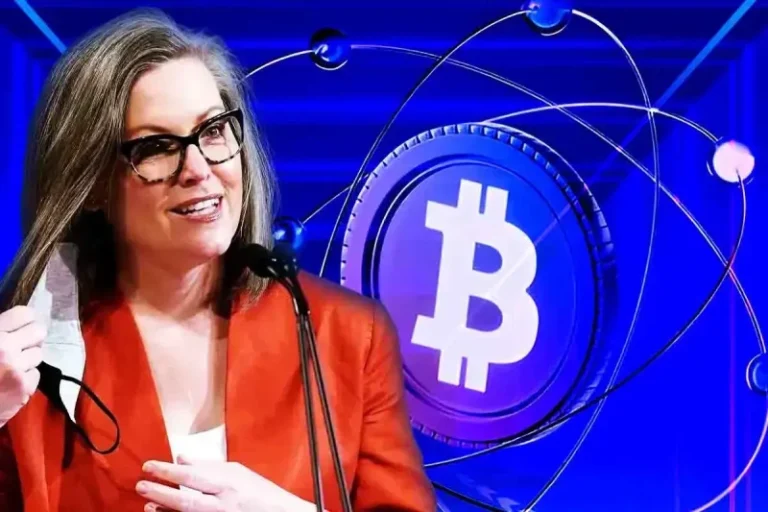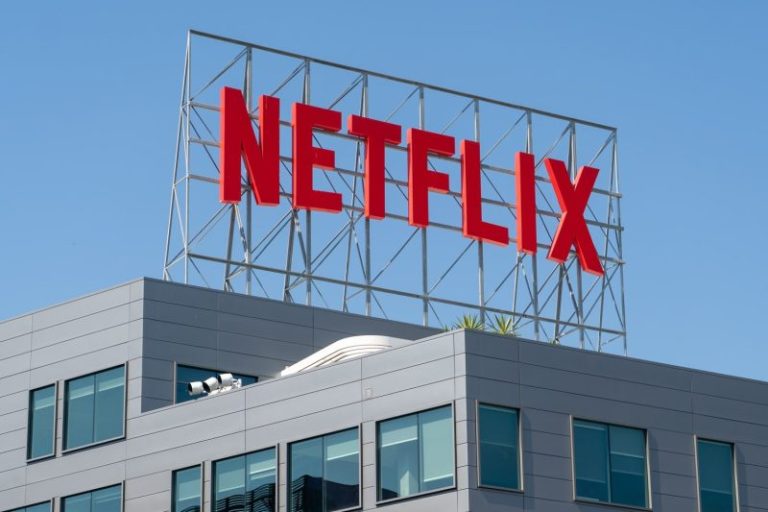Ethereum (ETH) price has delayed retesting $2,000 despite being inches away from this psychological level.
Ethereum Price Today: ETH is Down 1.08%, Trades at $1,825
Ethereum price today trades at $1,825 after dropping 1.08%. This outlook is likely to get worse as technicals suggest a waning momentum that could soon tip over, favoring bears. With Bitcoin price also showing signs of short-term correction, investors need to be cautious.
Why Ethereum (ETH) Rally to $2,000 is Delayed?
Despite the recent crypto market outlook, Ethereum has failed to muster the momentum or buying pressure to reach the $2,000 psychological level, same as Bitcoin (BTC). A closer look at the four-hour chart for ETH shows bearish divergence. The higher highs and higher lows formed since April 23 has been running on fumes. The RSI, on the other hand, has produced lower highs above the mean level. This non-conformity is termed bearish divergence. Often this setup results in a correction.
If this bearish divergence plays out, Ethereum price could slide down to $1,721 or revisit the $1,668 support level. Ideally, a bottom formation between $1,668 to $1,514 is a good confirmation for the bullish crypto market outlook.
Whales Scoop $1.047 billion ETH in 3 Weeks
While a short-term correction is part and parcel of the bull run, whales have taken advantage of the noise and consolidation by accumulation $1.047 billion worth of ETH since April 13. Santiment data shows that investors with 10k to 100k ETH in their wallets increased their holdings from 24.64 million to 25.23 million tokens.
As noted above the sentiment surrounding Ethereum might be bearish due to the lackluster performance in 2024 and 2025. Regardless, Ethereum has finished four consecutive months of a downtrend and a bounce here is highly likely. So what can investors expect next from Ethereum (ETH)?
What’s Next for ETH?
From a technical perspective, Ethereum (ETH) is the most hated altcoins and everybody is paying attention to its competitor – Solana (SOL). While Solana price may rally, the chances for Ethereum price to overshoot are high.
- From a conservative standpoint, $2k is a good target. But depending on the momentum, investors can expect Ethereum to rally to $3k before the year ends.
- If we are being highly optimistic and consider ETH to be an underdog, then expecting it to go beyond $4k is a good place to start. Some analysts are even expecting Ethereum price to hit $80k.
Regardless, time will tel what happens to the second-largest cryptocurrency in the world.
The post Ethereum Price Delays $2,000 Retest But Whales Buy $1.047B ETH in 3 Weeks appeared first on CoinGape.









